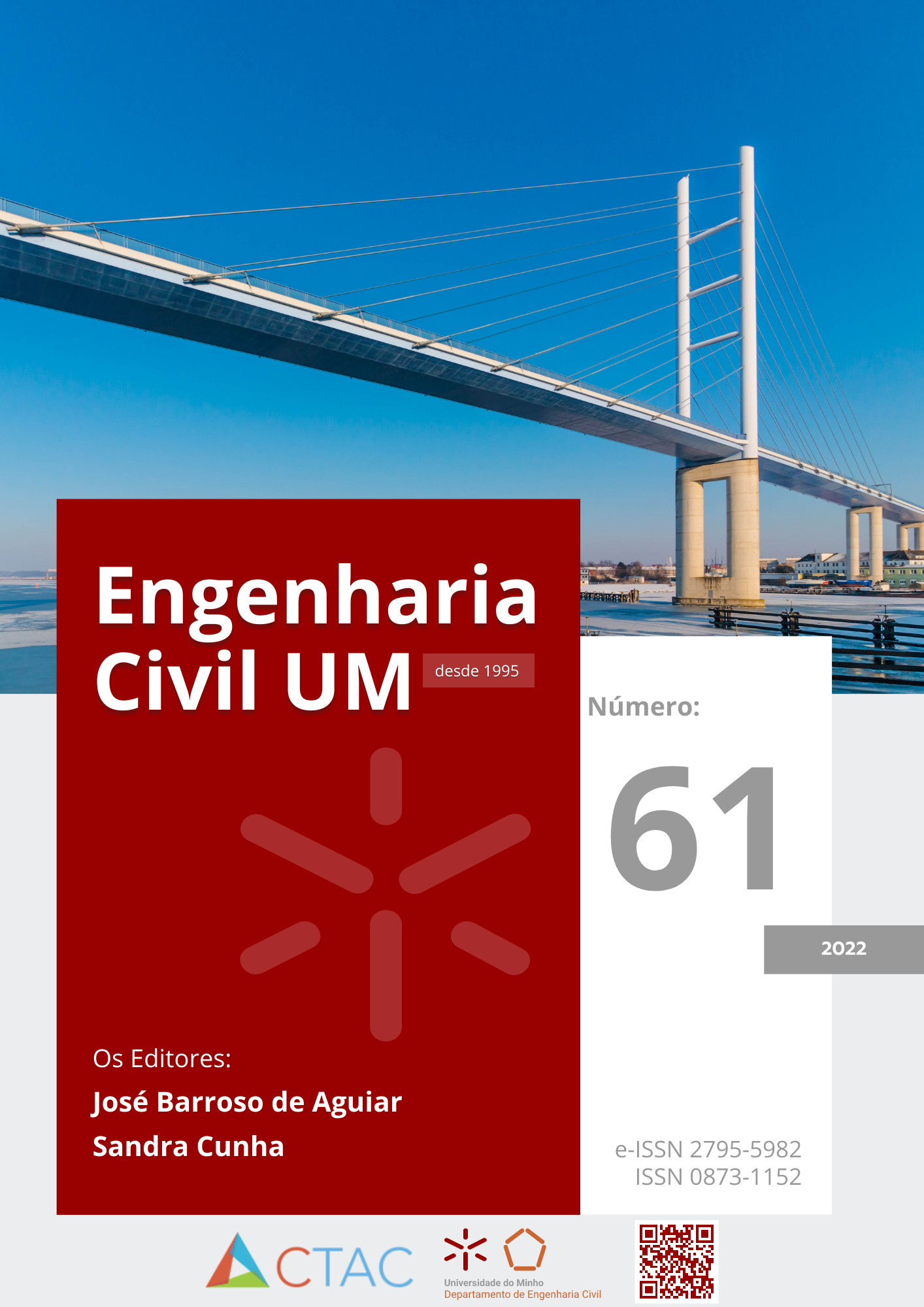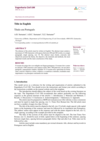Mechanical behavior and durability of concrete produced with treated and raw industrial effluent
DOI:
https://doi.org/10.21814/ecum.4153Abstract
The construction industry is one of the biggest polluters of the environment and a consumer of natural resources, fresh water, and energy. The concrete manufacturing process requires a large amount of water and releases large amounts of CO2 into the atmosphere. In view of this, an alternative that proves to be viable is to use treated sewage effluents in the execution of services and processes in civil construction that do not require water with a high-quality standard. Having said that, this research seeks to analyze the feasibility of reusing sewage effluents (treated and raw) to replace concrete kneading water, comparing them with the reference replacement, drinking water. Initially, the choice of materials used for the work was carried out, as well as the experimental dosage and molding of the specimens. Afterwards, the properties of the concrete were evaluated through tests of Uniaxial Compression Strength, Diametral Compression Tensile Strength, Modulus of Elasticity and Water Absorption. Through the results obtained in the mechanical and durability tests, it can be concluded that it is possible to use sewage effluent to produce concrete without influencing its quality, however, there must be an adequate treatment and be in accordance with the NBR technical standards 15900-1/2009 and NM 137/1997.
Downloads
Published
How to Cite
Issue
Section
License
Copyright (c) 2022 A. Zaleski, B. Marangoni, S.C. Vanzetto

This work is licensed under a Creative Commons Attribution 4.0 International License.








